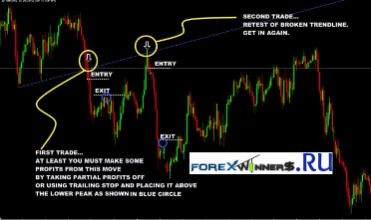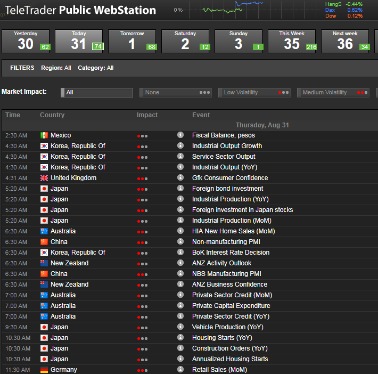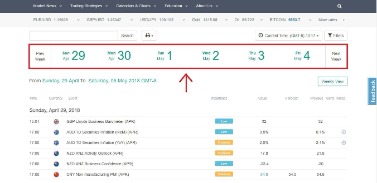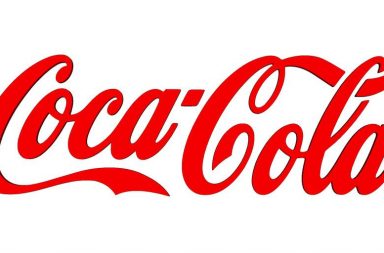Why Dragonfly And Gravestone Doji Candlesticks Are The Same As Pin Bars
Contents:

A dragonfly doji could also emerge at the low of a downtrend, but it needs additional confirmation in this case. The longer is the upper shadow of the gravestone doji, the stronger is the reversal signal. Gravestone doji have no lower shadow and a long upper shadow, which suggests that bears regained control over the price after strong buying pressure. When they occur after an uptrend, these candlestick patterns can predict a bearish reversal, especially if they occur on higher than average volume.
- https://g-markets.net/wp-content/uploads/2021/04/Joe-Rieth.jpg
- https://g-markets.net/wp-content/uploads/2020/09/g-favicon.png
- https://g-markets.net/wp-content/uploads/2021/09/image-wZzqkX7g2OcQRKJU.jpeg
- https://g-markets.net/wp-content/uploads/2021/09/image-Le61UcsVFpXaSECm.jpeg
Candlestick charts are great for providing decision support to technical indicators and chart patterns. By identifying dragonfly and gravestone doji, you can increase your confidence in a trade and improve your odds of success. A dragonfly doji is a candlestick pattern described by the open, high, and close prices equal or very close to each other, while the low of the period is significantly lower than the former three. The dragonfly doji candle is a bullish trend reversal price formation that is part of the doji family. In addition to the reliability concern, another limitation of the doji pattern is that it cannot provide price targets.
Option Strategy
The character depends on the doji type and the place where it emerges. However, a doji provides a stronger signal when it appears in an uptrend; in this case, it is a sign of a bearish reversal. Let me explain trading the doji chart on the example ofthe USD/CHF H4 timeframe. This price action results in a dragonfly doji printing right at a key level of support which signals indecision between buyers and sellers at this level and that a potential bottom may be in here. As mentioned earlier, the most reliable dragonfly doji signals occur after a period of bearish momentum.
As we discussed above, dragonfly doji is a kind of doji candle which means they have a small body. Try to discover patterns at the support and resistance levels. If the price is in the middle of the trading range, and the shadows have equal length, such a candlestick is called Rickshaw. In the classic Doji pattern, the opening price should match the candlestick’s closing price, but there can be minor discrepancies of several ticks. Many beginner traders have come across a strange candlestick, looking like a cross with little or no body. Potential setups with small bodies are not considered valid as the “body” of the candle must demonstrate seller exhaustion.
If the price rises on the confirmation candle, the reversal signal is invalidated as the price could continue rising. Candlestick pattern that signals a possible reversal in the price of a security. The Dragonfly Doji is formed when the security’s high, open and close prices are the same. When Dragonfly Doji appears on a price chart, this candle is a signal that should alert to a probable change in the trend, namely a bearish or bullish reversal. This pattern appears when the opening prices and closing prices are at the same level and when the low is significantly lower than the open, high, and close prices.
I have explained the conditions for an ideal https://g-markets.net/ Doji but now I will explain the strategy to get a high probability trend reversal signal. Because every dragonfly Doji candlestick will not reverse the bearish trend. You will have to add confluences to increase the winning probability of a trade setup.
Hypothetical performance results have many inherent limitations, some of which are described below. One of the limitations of hypothetical performance results is that they are generally prepared with the benefit of hindsight. In addition, hypothetical trading does not involve financial risk, and no hypothetical trading record can completely account for the impact of financial risk of actual trading. For example, the ability to withstand losses or to adhere to a particular trading program in spite of trading losses are material points which can also adversely affect actual trading results. To increase the accuracy, you can trade the Dragonfly Doji using pullbacks, moving averages, and other trading indicators.
You can see the market rejected higher prices and finally closing near the lows. As a swing trader, you can look to take profit at the nearest swing high or at resistance area. Often what I see traders do is that when the market moves up higher and then there’s a Doji.
Gravestone Doji
It’s like a regular dragonfly doji but this time around, the highs and lows of the candle is very long. Whether you want to capture a swing or whether you want to capture a trend, you can use the appropriate trade management or trailing stop loss technique. You can go short on the next candle, stop loss above the swing high and depending on whether you want to take a swing or not.

The Dragonfly Doji is a specific type of candlestick pattern that can occur at the end of an uptrend. It’s important to understand what this candlestick means for your trading strategy because it could be an opportunity to take advantage of the market or it may indicate that the trend has ended. Candlesticks are the most common chart patterns used in the financial market. Unlike line charts and bar charts, they give more information about the open, high, low, and close prices of an asset.
Therefore, before exiting a position, it is essential to thoroughly analyze other candlesticks that accompany the presence of a doji candle. So, to learn more about a doji candle and how to use this one-candle pattern, let’s see the full review below. Make sure you understand the difference between hanging man candle, hammer candle, and dragonfly doji to prevent from false interpretation.
Understanding the Dragonfly Doji
First and foremost, you can trade a Dragonfly Doji at support. And I will share with you two types of market conditions that you can use to trade the Dragonfly Doji. In this example, price breaks out downward and when that happens, the move can be a decent one. Price retraces about half of the prior up move before resuming the rise at a more leisurely pace.
In order to confirm a bullish reversal is underway, we need to see the market trade back above the high of this doji candle ($28.30). Another important thing to note is the higher than average volume that traded on this session without any gains for the bears. At this point, we would expect for the market to respect the dragonfly doji as a bottom and for the buyers to follow through and drive prices higher in the next few sessions. If you want a quick refresher about candlestick patterns, click here to read this article first.
Dragonfly Doji vs Gravestone Doji
The bottom of the lower tail tells the lowest asset price traded during that period. The appearance of a dragonfly doji after a price advance warns of a potential price decline. When the price will open then it will move up then it will again return to the opening price.

In many cases, the signal is not very strong and they should be ignored, but there are some instances where they can provide a very strong signal. It’s important to be aware of the factors that influence the signal strength. So for example, if the market is in a downtrend, you can look for it to pull back to a moving average, pullback to previous support turned resistance, or whatever. How to recognize it and how to find profitable trading opportunities using the Doji candlestick pattern. A Dragonfly Doji is a type of Doji candlestick that is formed when the open and close price of a bar are equal or nearly equal and also open and close very near the high of the bar.
How a Dragonfly Doji Forms?
TRADEPRO Academy is not responsible for any liabilities arising as a result of your market involvement or individual trade activities. On the 21st of October 2014, Pfizer gaps up and trades back above the high of the dragonfly doji triggering a long buy stop order. The traditional formation of this pattern occurs when a security’s open, high and close are the same. However, we still consider it a valid formation when there is a little wick above the high.
Our experience suggests that the best dragonfly doji setups have a long downside wick which are usually 3-4 times greater than the “body”. This pattern consists of a single candlestick and is known as a dragonfly doji because its shape resembles that of a dragonfly. Most importantly, you should combine it with other volume-based indicators like the money flow index and the accumulation and distribution indicator.

Dragonfly doji means that sellers had the full control during the initial phase when the price opened and they took the price down to the lowest level. However, the buyers regained the control and pulled the prices back to the top initial level before the candlestick close. Therefore, the candlestick closed with a long lower shadow, and had open, high and close at the same level. This indicates that the buyers were able to sustain the aggressive sellers and they managed to push the price back up again.It is an indicator of a reversal taking place during the price movement.
Furthermore, it can be challenging to predict the potential profit from trading this doji as these candles generally do not provide a price target. Sometimes, the size of the dragonfly doji plus the size of the confirmation candle can mean that the entry point for a trade is far from the location of the stop loss. The difference between the dragonfly doji and gravestone doji can be seen first in their shape.
First Trade: BSE Sensex down over 400 points; Nifty trades below 16950 – Metal stocks crack most – Zee Business
First Trade: BSE Sensex down over 400 points; Nifty trades below 16950 – Metal stocks crack most.
Posted: Mon, 20 Mar 2023 07:00:00 GMT [source]
When dragonfly or gravestone doji candlestick forms there is almost no difference or a really tiny difference between the open and close price meaning there is no body found on the candlestick. Meanwhile, the dragonfly doji candlestick is a trendy type of candlestick among traders. For example, a dragonfly doji looks like a T, a gravestone doji looks like an inverted dragonfly, a long-legged doji has long upper or/and lower shadows. The Dragonfly Doji is typically interpreted as a bullish reversal candlestick chart pattern that mainly occurs at the bottom of downtrends.
